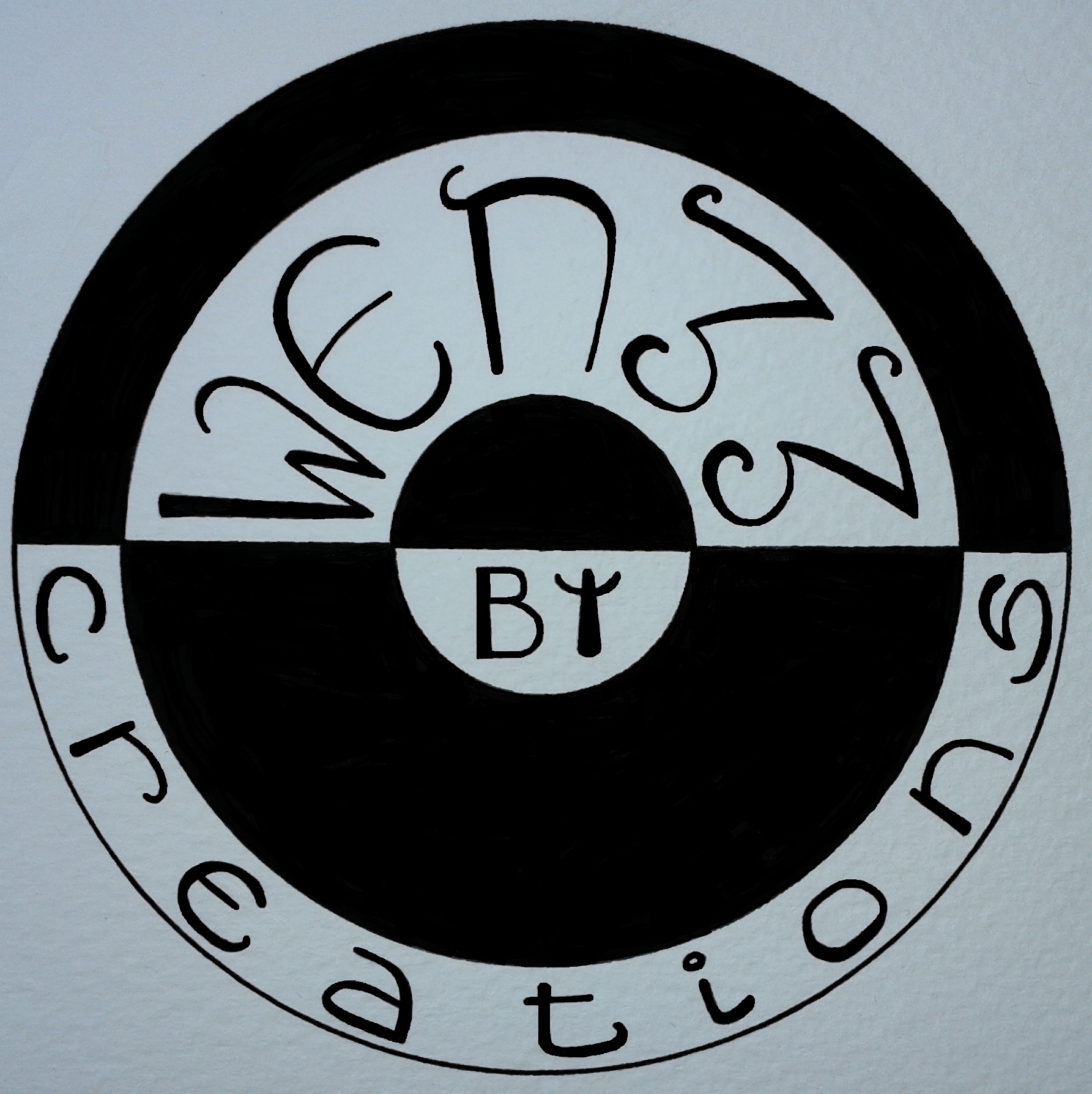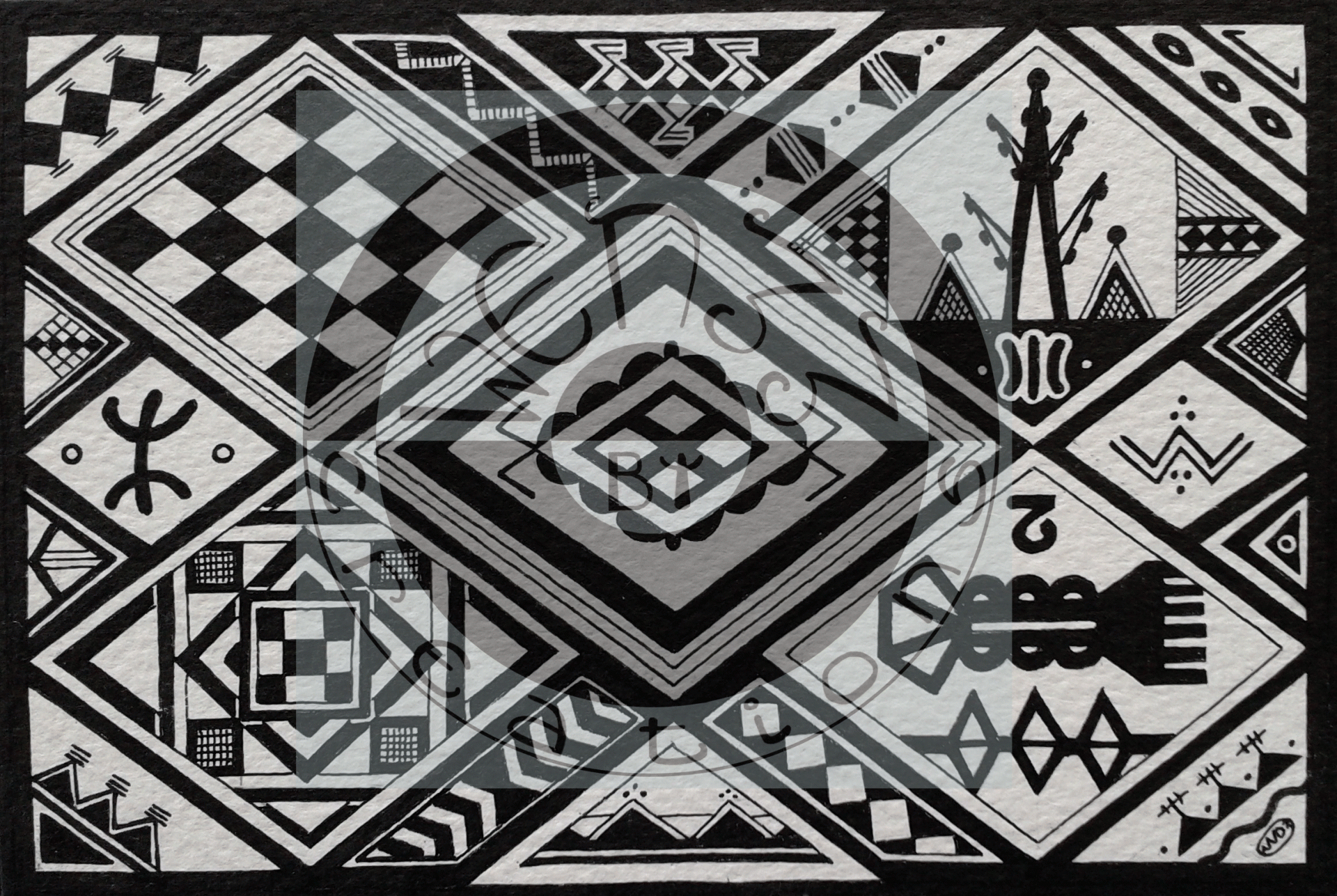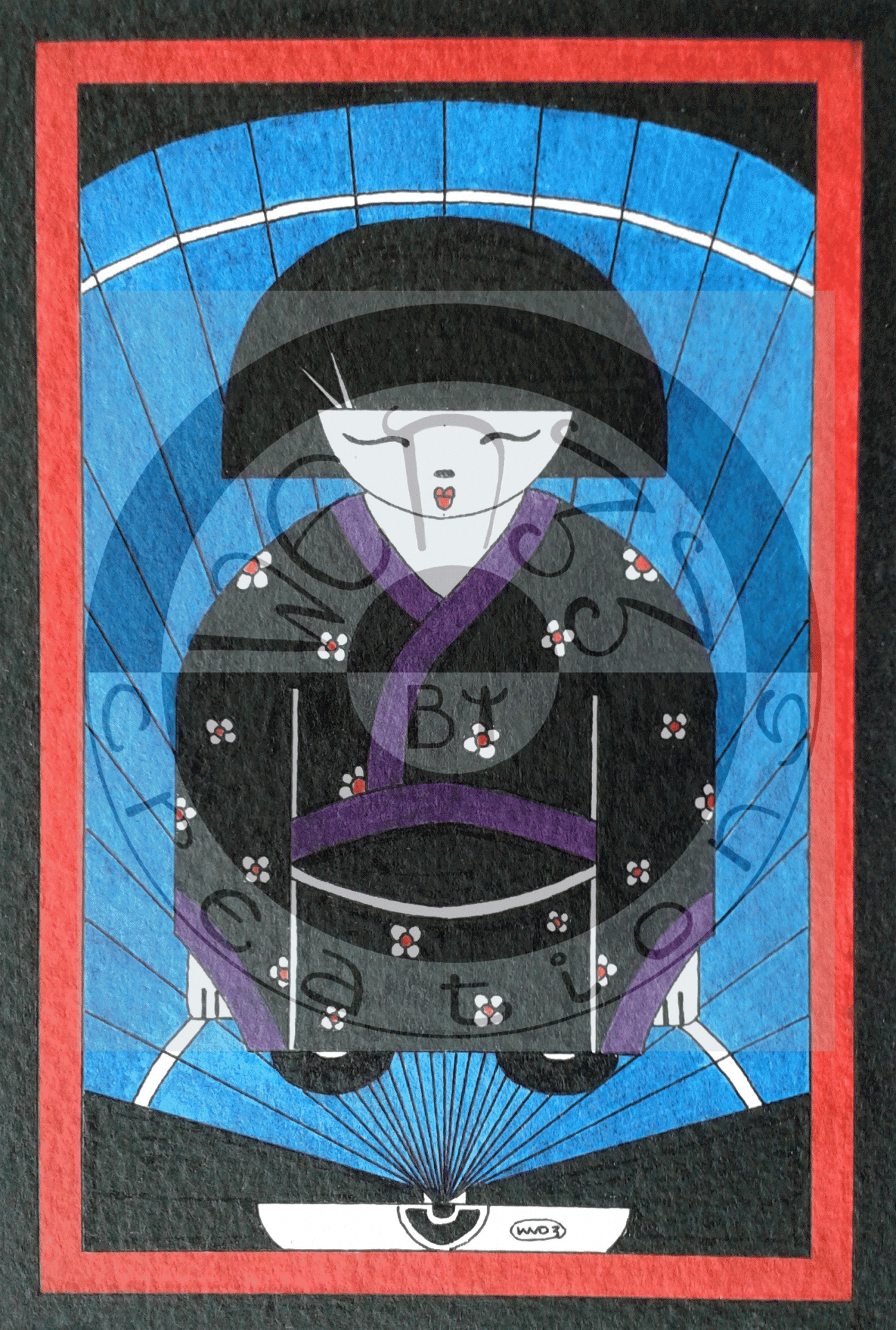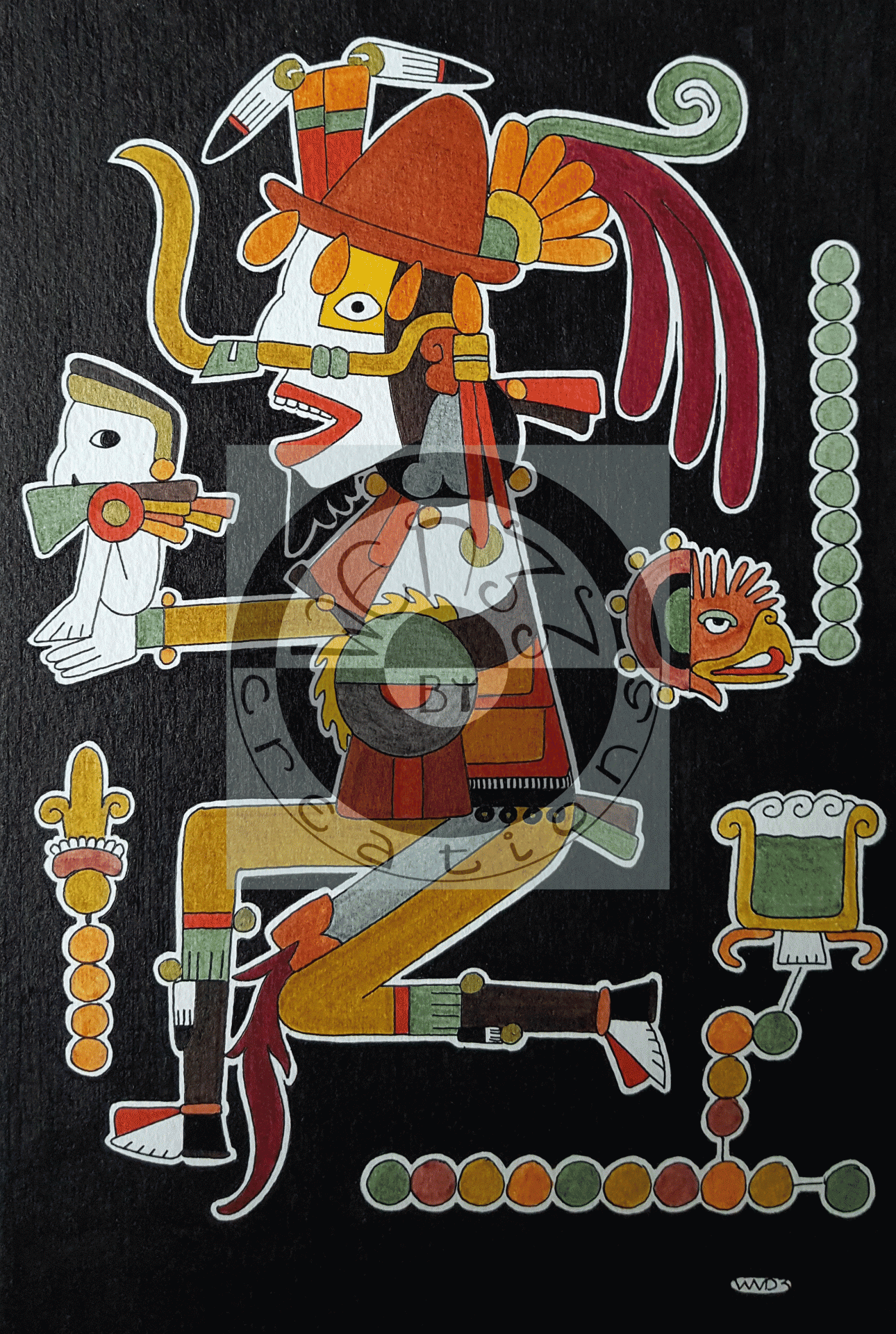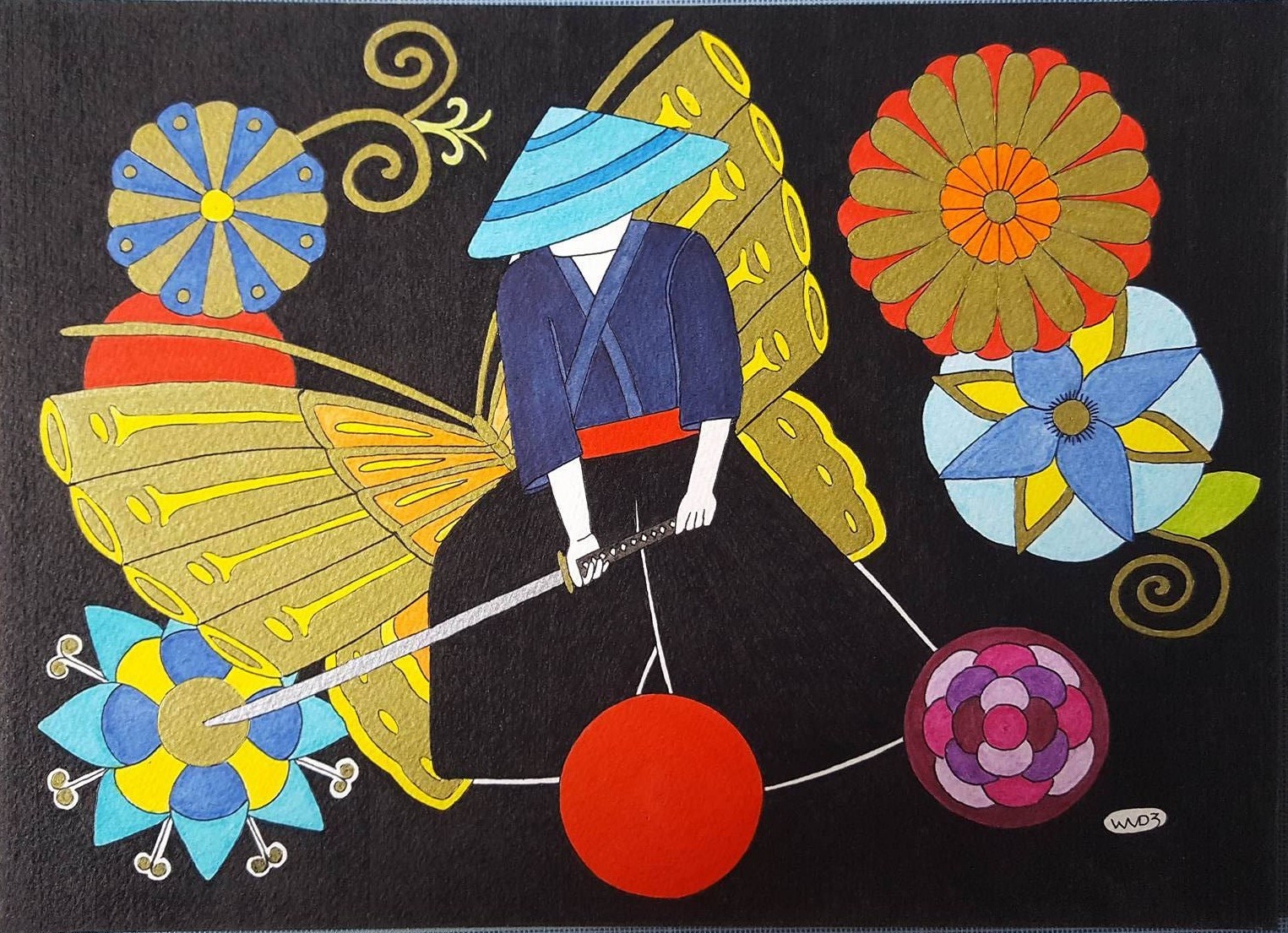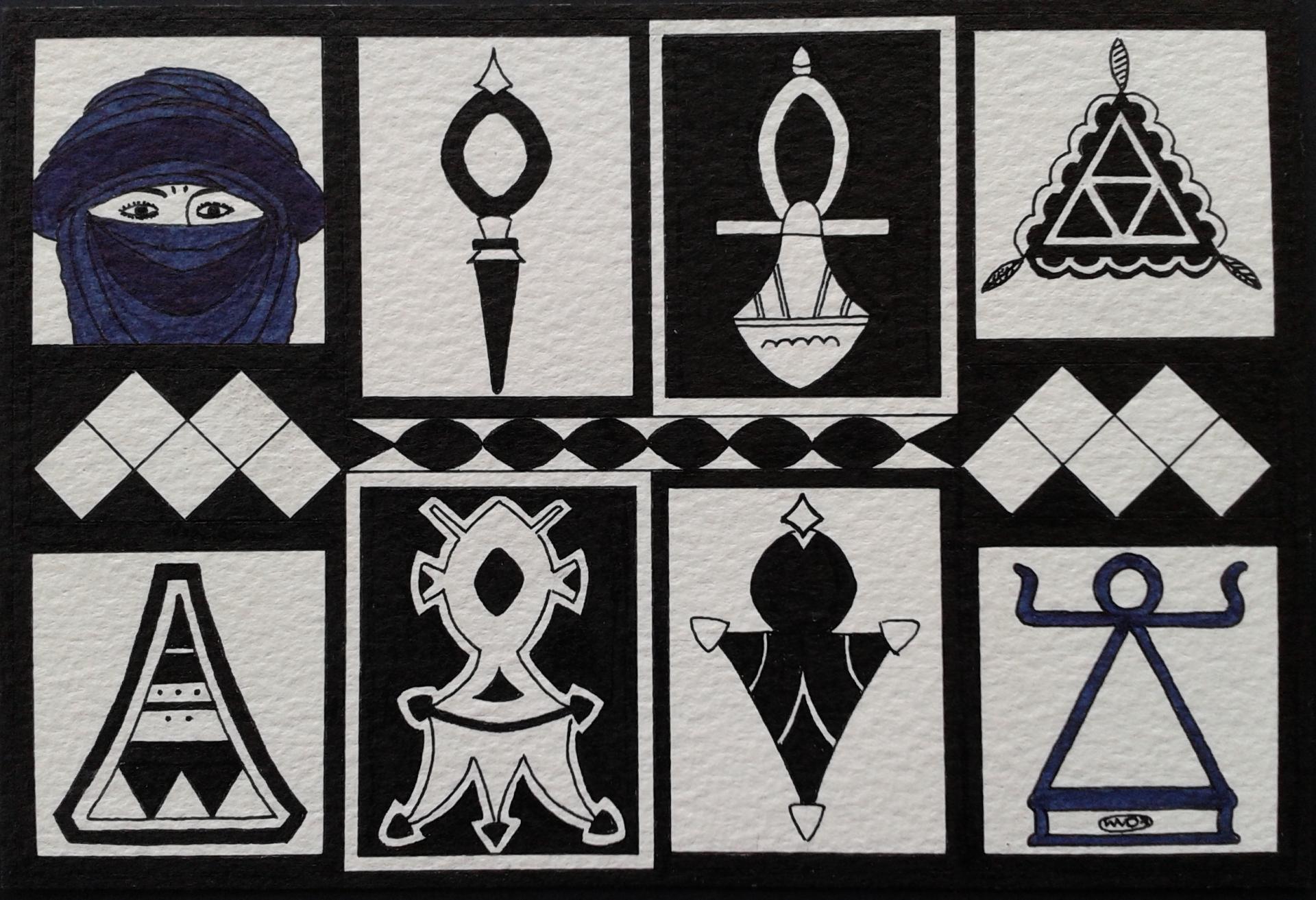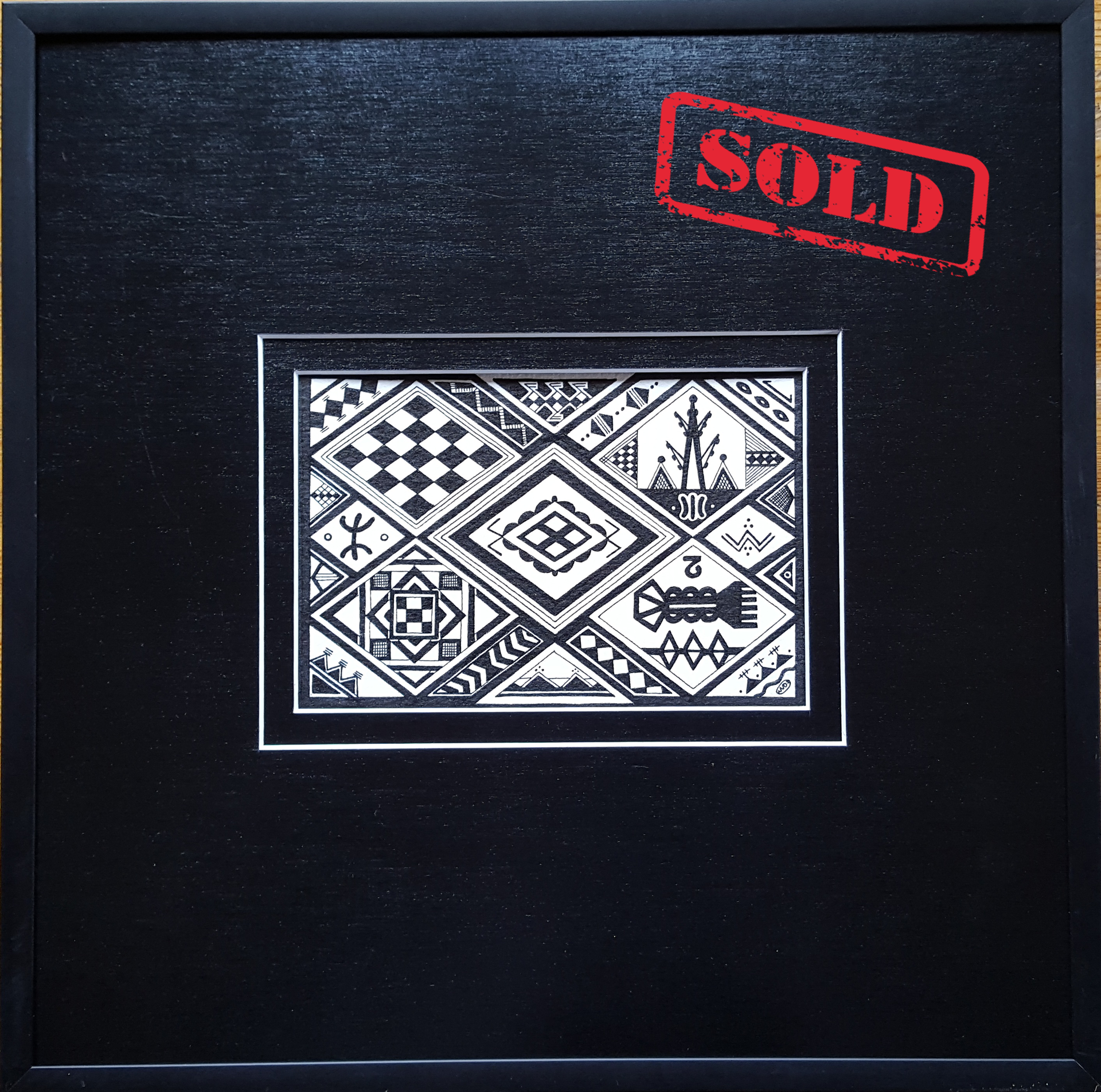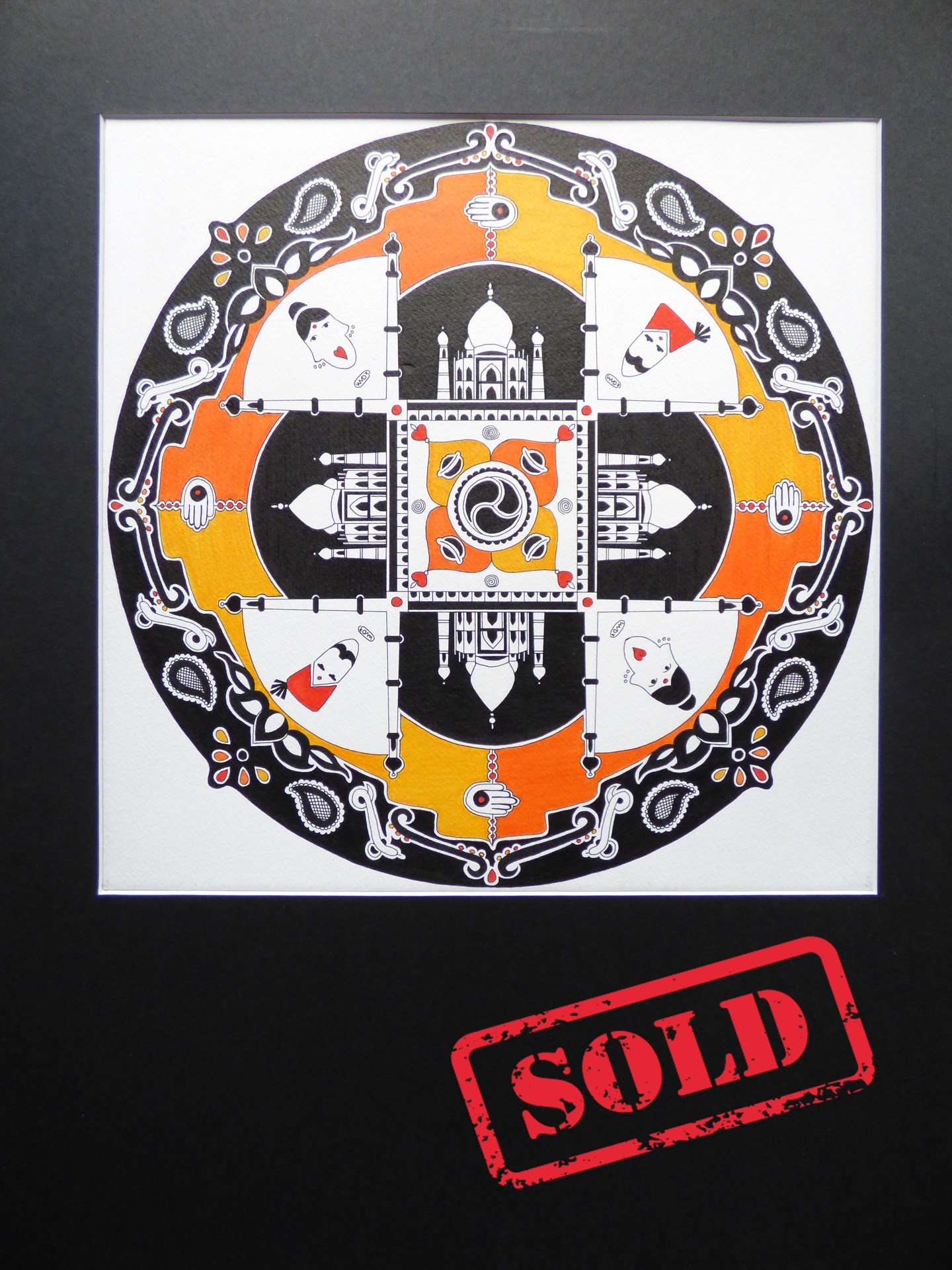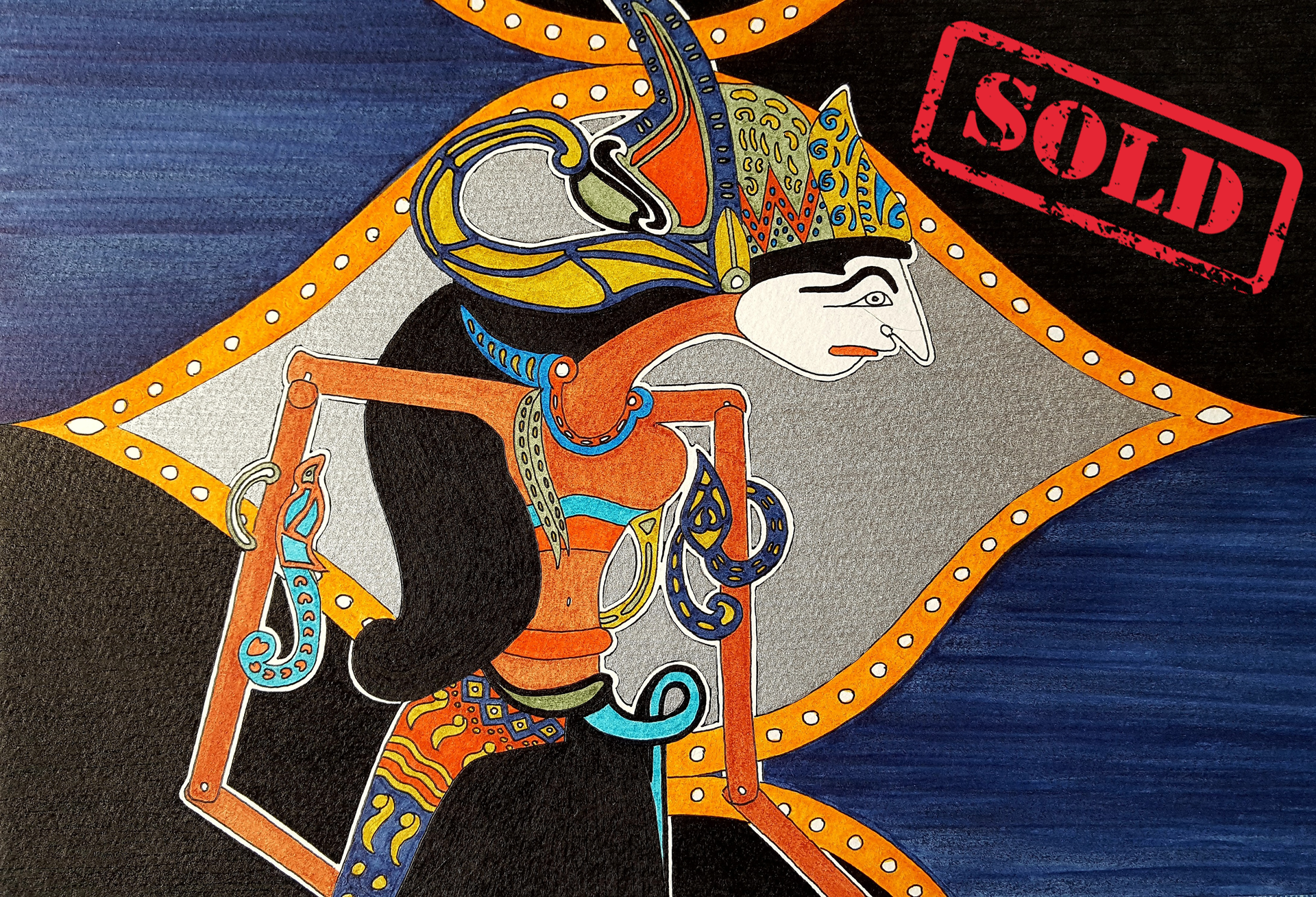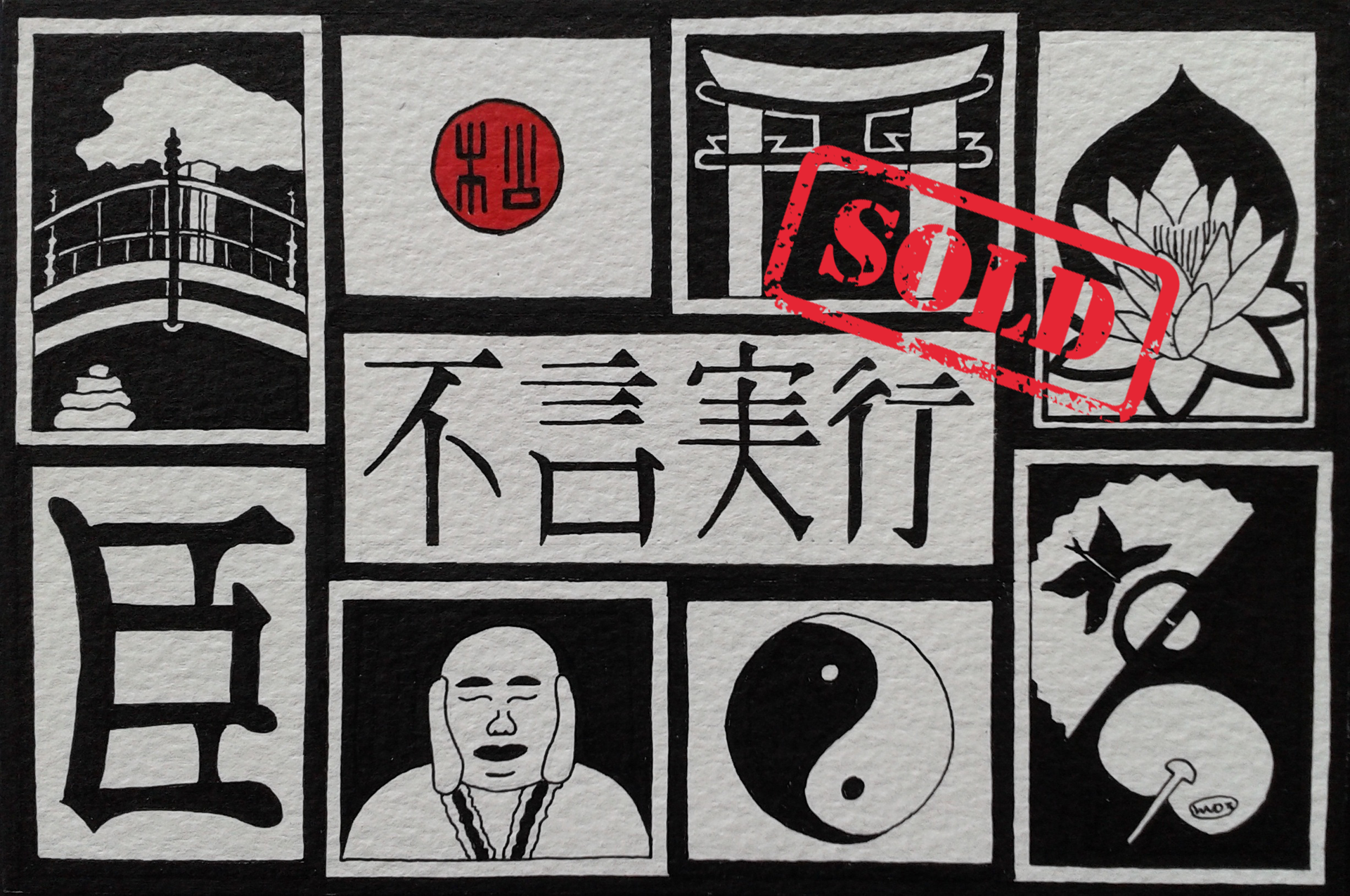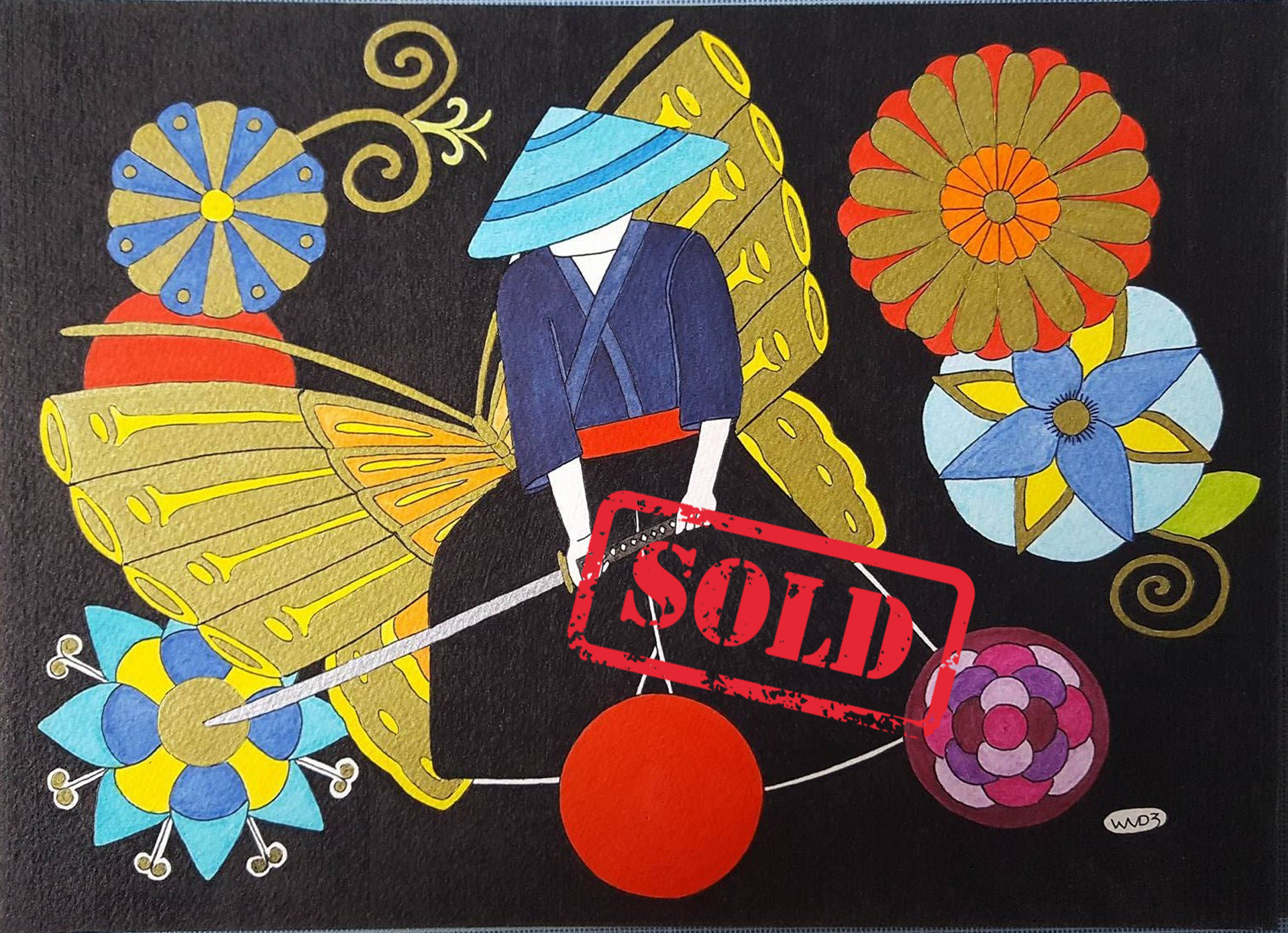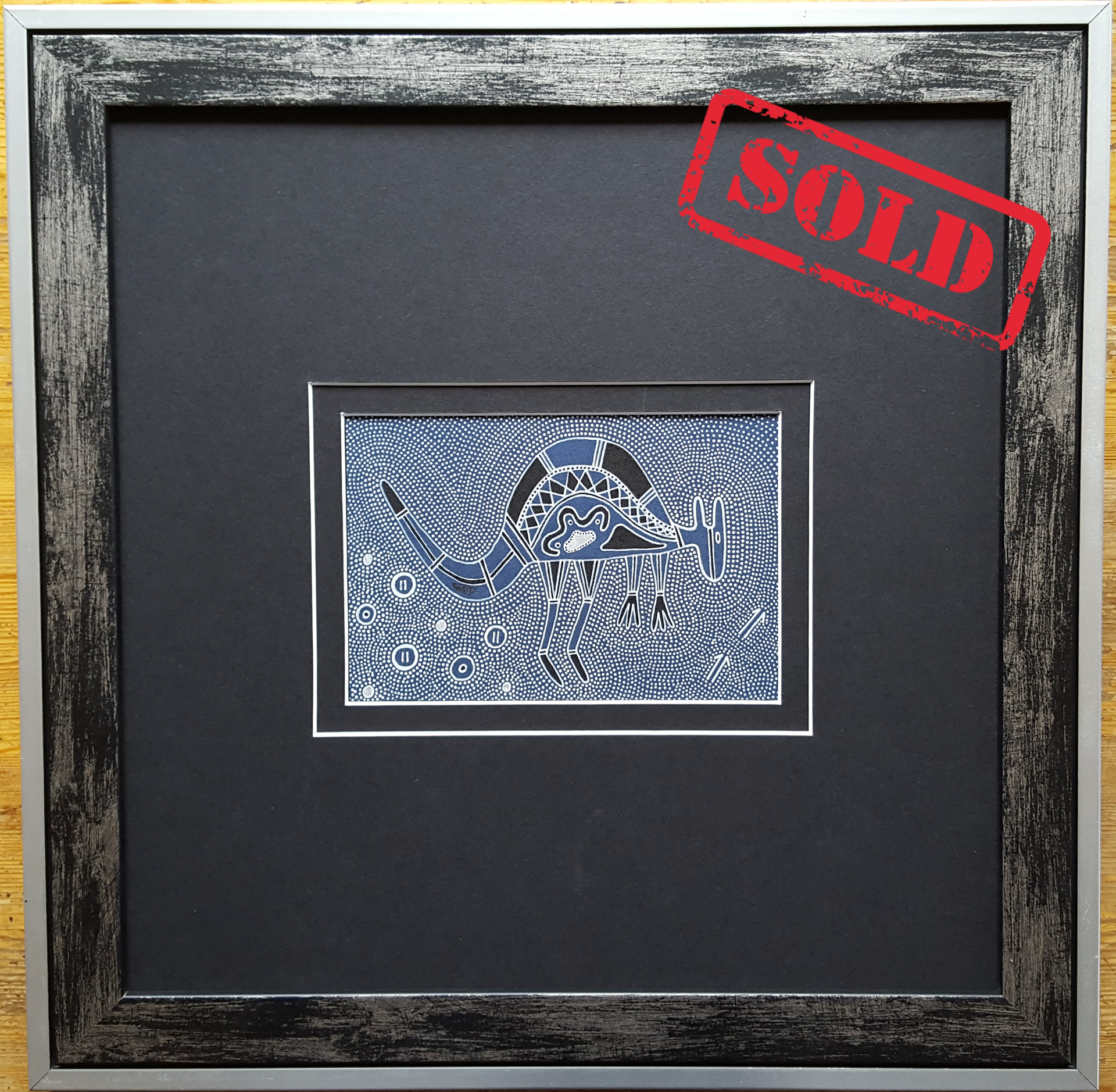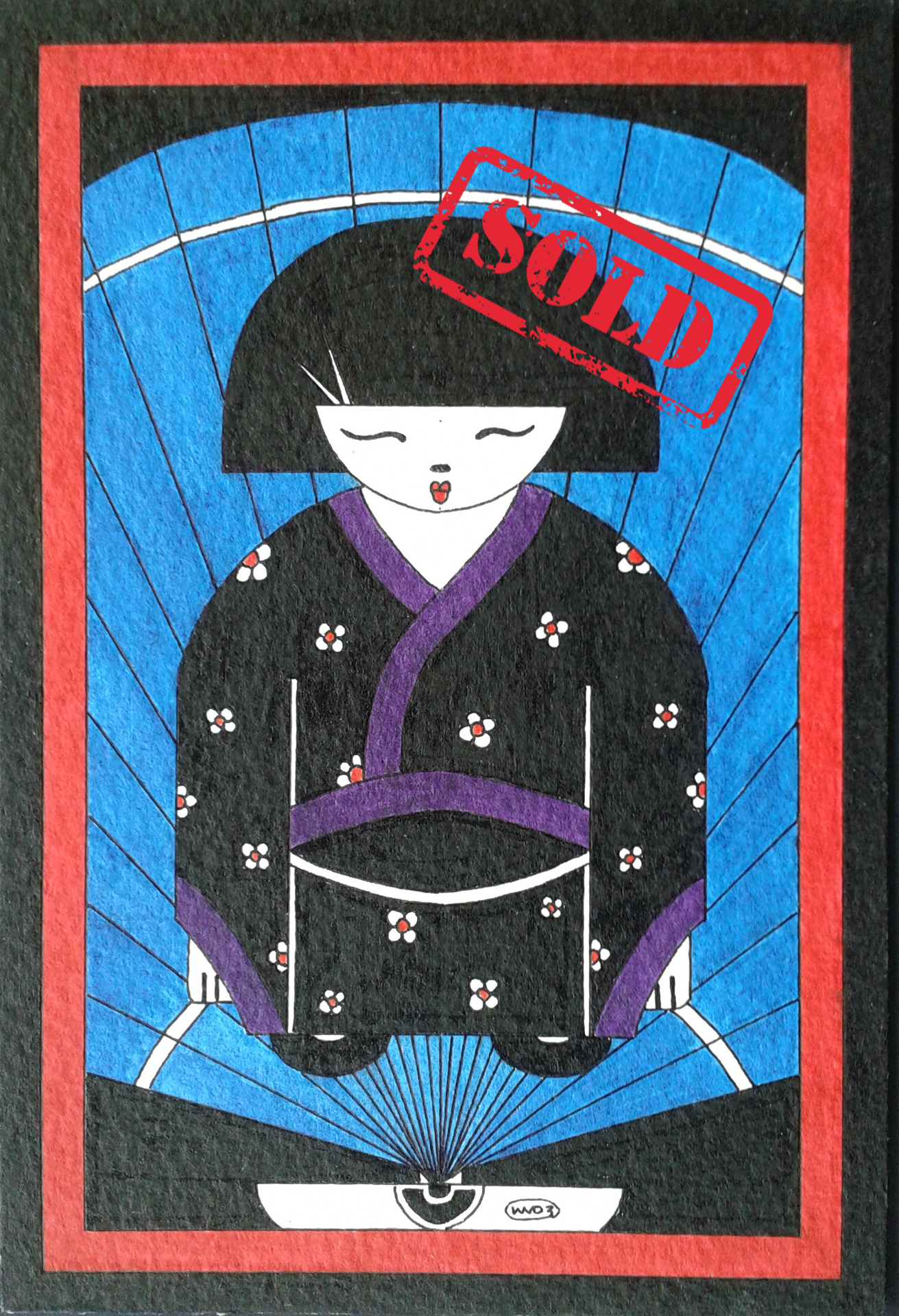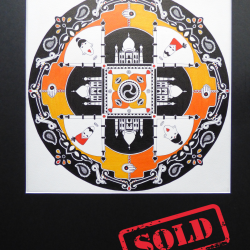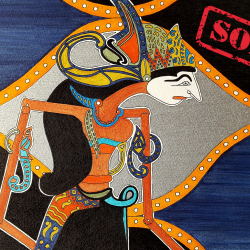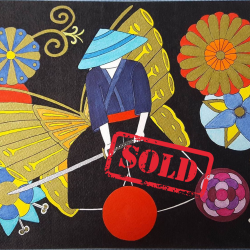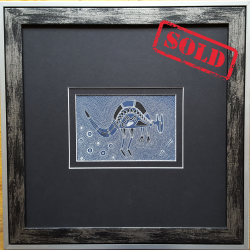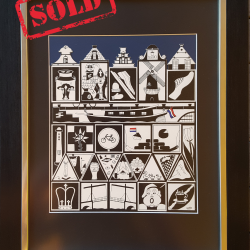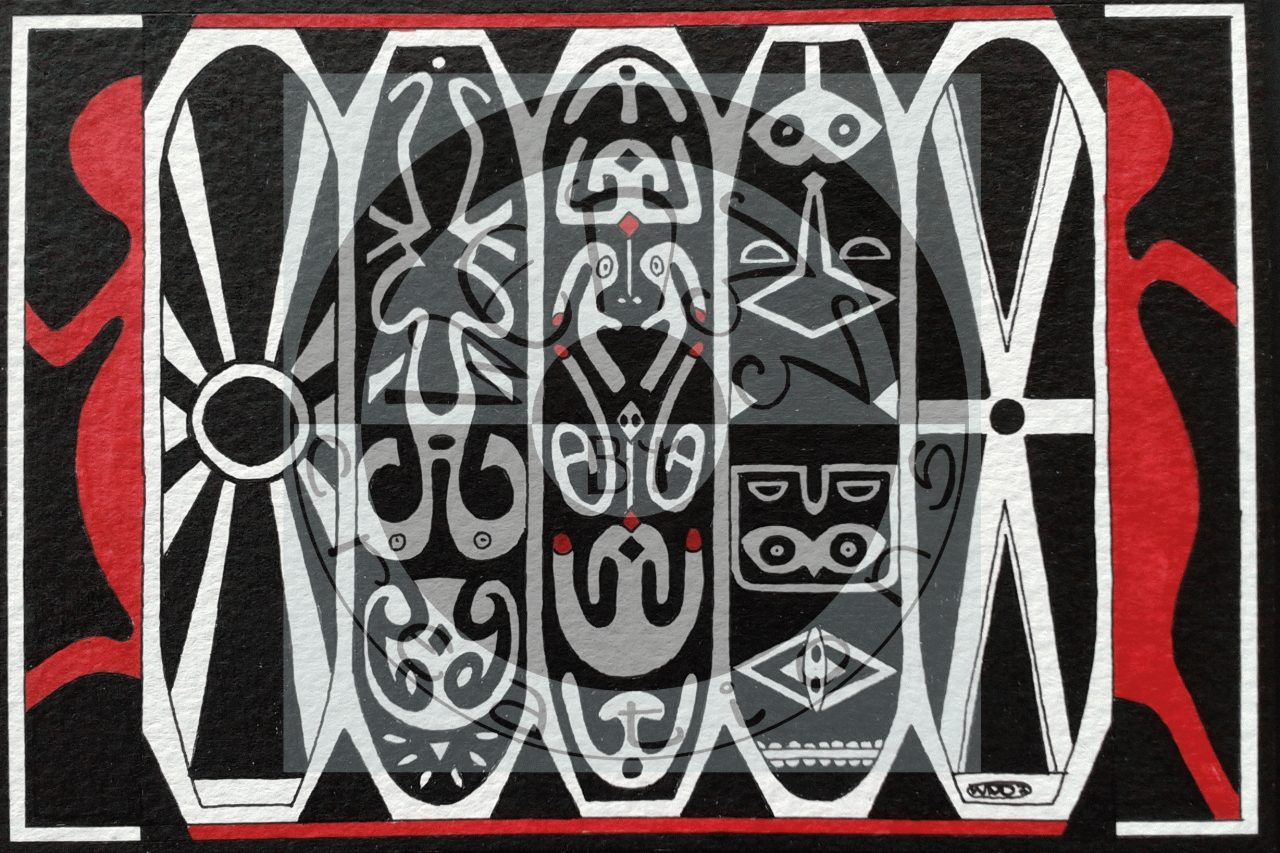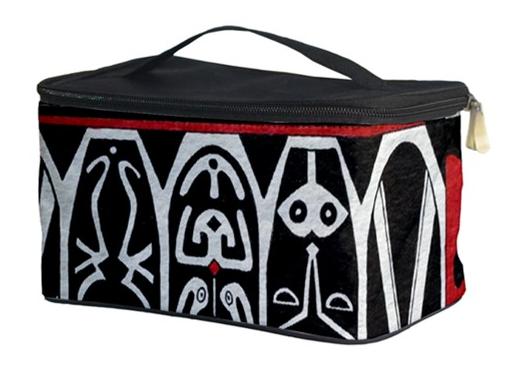1

Country :
Independant State of Papua New Guinea
Continent :
Oceania (Eastern half of the island) / Melanesia (its offshore islands)
Languages :
848 different languages, but most have fewer than 1000 speakers.
The most widely spoken indigenous languages are Enga, Melpa and Huli.
Papua New Guinea is one of the most culturally diverse countries in the world.
Archaeological evidence indicates that humans first arrived in Papua New Guinea around 42.000 to 45.000 years ago.
There are hundreds of ethnic groups; the majority being from the group of Papuans, who arrived in New Guinea regions tens of thousands years ago. The other indigenous people are Austronesians whose ancestors arrived less than four thousand years ago.
CULTURE
It is estimated that more than a 1000 cultural groups exist in Papua New Guinea.
Because of this diversity, many styles of cultural expression have emerged; each group has created its own expressive forms in art, dance, weaponry, costumes, singing, music, architecture...
Most of these cultural groups have their own language. People typically live in villages that rely on subsistence farming. In some areas people hunt and collect wild plants (such as yam roots) to supplement their diet. Those who became skilled at hunting, farming and fishing earn a great deal of respect.
On the Sepik river, there is a tradition of wood carving, often in the form of plants or animals, representing ancestor spirits.
People in the highlands engage in colourful local rituals that are called "sing sings". They paint themselves and dress up with feathers, pearls and animal skins to represent birds, tress or mountain spirits. Sometimes an important event, such as legendary battle, is enacted at such a musical festival.
WARRIOR SHIELDS
The warrior shields represent a practical and aesthetic object for protecting one's self in tribal warfare, events that were ofter situated in conflicts of identity, ritual and social factors.
The geometric designs and bright colours are meant to intimidate the enemy and mark the identity of a particular tribe. Significance can also come down to the personal preferences of each artisan and the kind of designs that are passed down within his tribe.
The motifs depicted on these shields usually refer to plant and animal totems particular to each clan. Concentric circles are thought to represent human heads.
Colours play a crucial role in giving the shields their apparent power. The sourcing of pigments and application of paints takes on a ritual function. Before battle, some tribes apply a fresh coat of paint, a process that can take place in a cernery to invoke help of ancestors.
Red, black, yellow and white are the most common colours, but black is particularly significant because it's made from the soot that accumulated on the underside of roofs, where shields are ofter stored to darken and strengthen the bark.
Sources: Wikipedia / Panoramio-Google Maps

